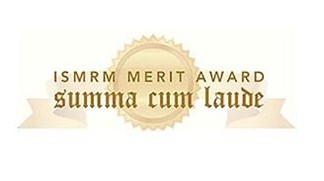
Members of the CCO attended the 25th Annual International Society for Magnetic Resonance in Medicine Meeting in Honolulu, Hawaii, held on April 22-27, 2017. Ryan Woodall received the Summa cum Laude Award for his abstract.
[For the post on all presentations by CCO members, click here]
Find the title, synopsis, and purpose of Ryan’s abstract below:
The effects of intra-voxel contrast agent diffusion on the analysis of DCE-MRI data in realistic tissue domains. Ryan Thomas Woodall, Barnes SL, Sorace AG, Hormuth II DA, Quarles CC, and Yankeelov TE.
Synopsis
Standard compartmental models for quantitative dynamic contrast enhanced MRI (DCE-MRI) typically assume active delivery of contrast agent that is instantaneously distributed within the extravascular extracellular space within each imaging voxel. The goal of this study is to determine the error accumulated in the estimated pharmacokinetic parameters when these assumptions are not satis ed. Using nite element methods to model contrast agent arrival and di usion throughout realistic tissue domains (obtained from histological stains of tissue sections from a murine cancer model), it was rigorously determined that parameterization error is highest in regions of low vascularity, and lowest in well-perfused regions.
PURPOSE
Quantitative evaluation of dynamic contrast enhanced MRI (DCE-MRI) allows for the estimation of parameters related to perfusion, vessel permeability, and tissue volume fractions by tting dynamic signal intensity curves to appropriate pharmacokinetic models (1). These models are based on compartmental analysis which necessarily assumes that the contrast agent concentration rapidly equilibrates within the extravascular space in each voxel. However, there is increasing evidence that this assumption is often violated by the Gadolinium chelates most commonly used for DCE-MRI (2,3). As the di usivities for Gadolinium chelates range from 1-3 E-4 mm2/s (4), the contrast agent will not be equilibrated throughout an imaging voxel, thereby resulting in inaccurate parameterization. While a previous study has examined this issue using simulated tissue domains (2), we seek to extend those results by comparing the results of a simulated DCE-MRI experiment initialized and constrained with histological volume fractions from entire tumor cross-sections obtained from murine tumor studies (5).



